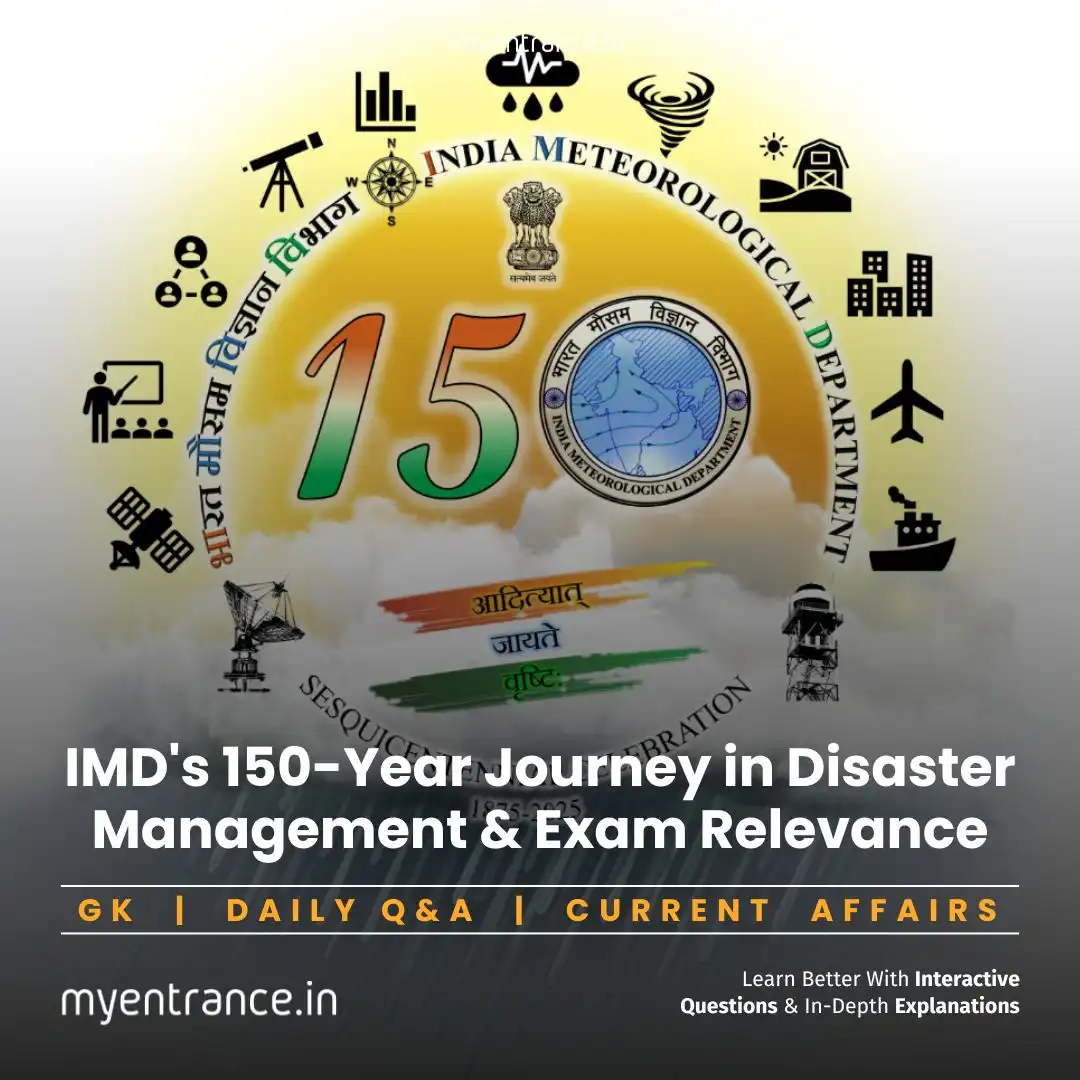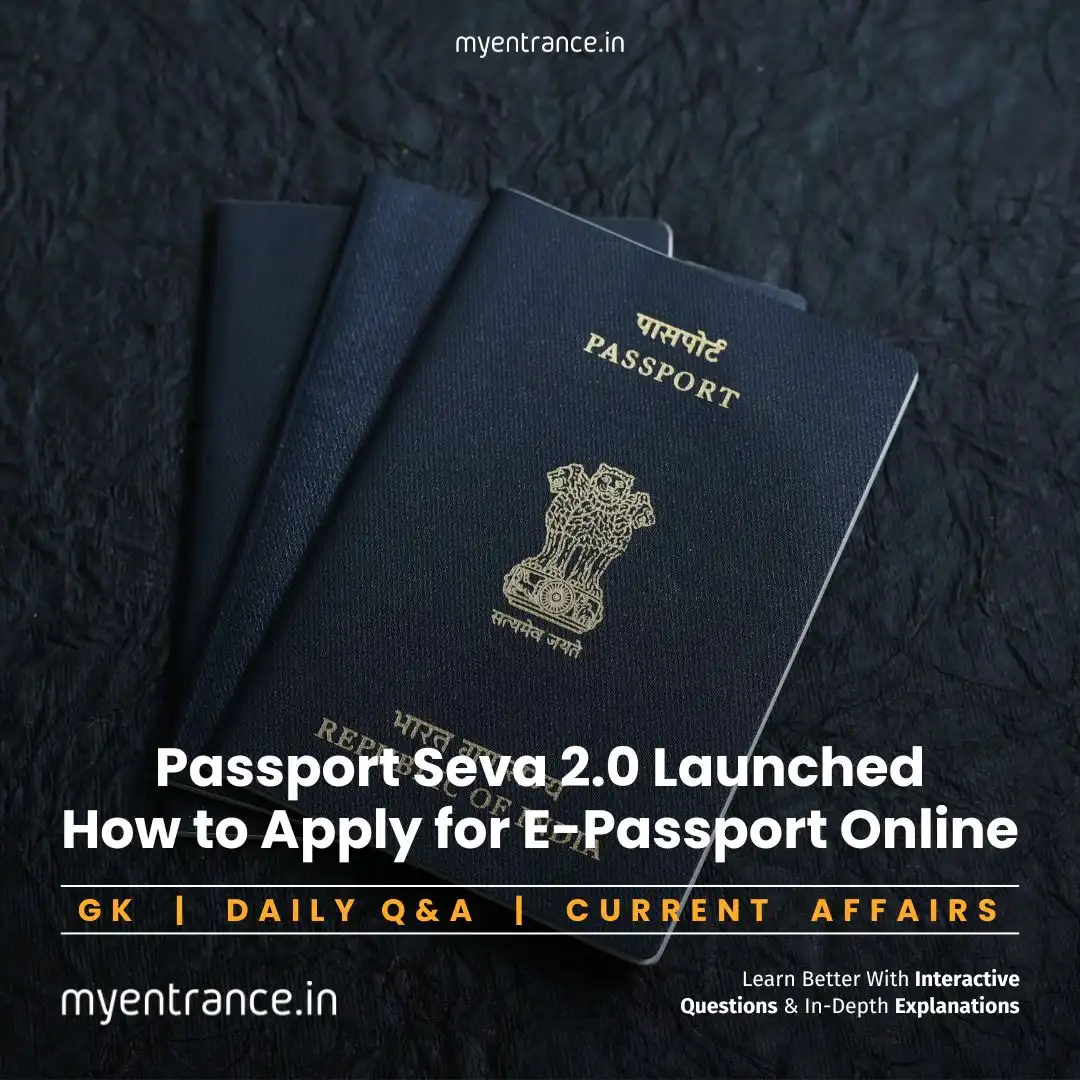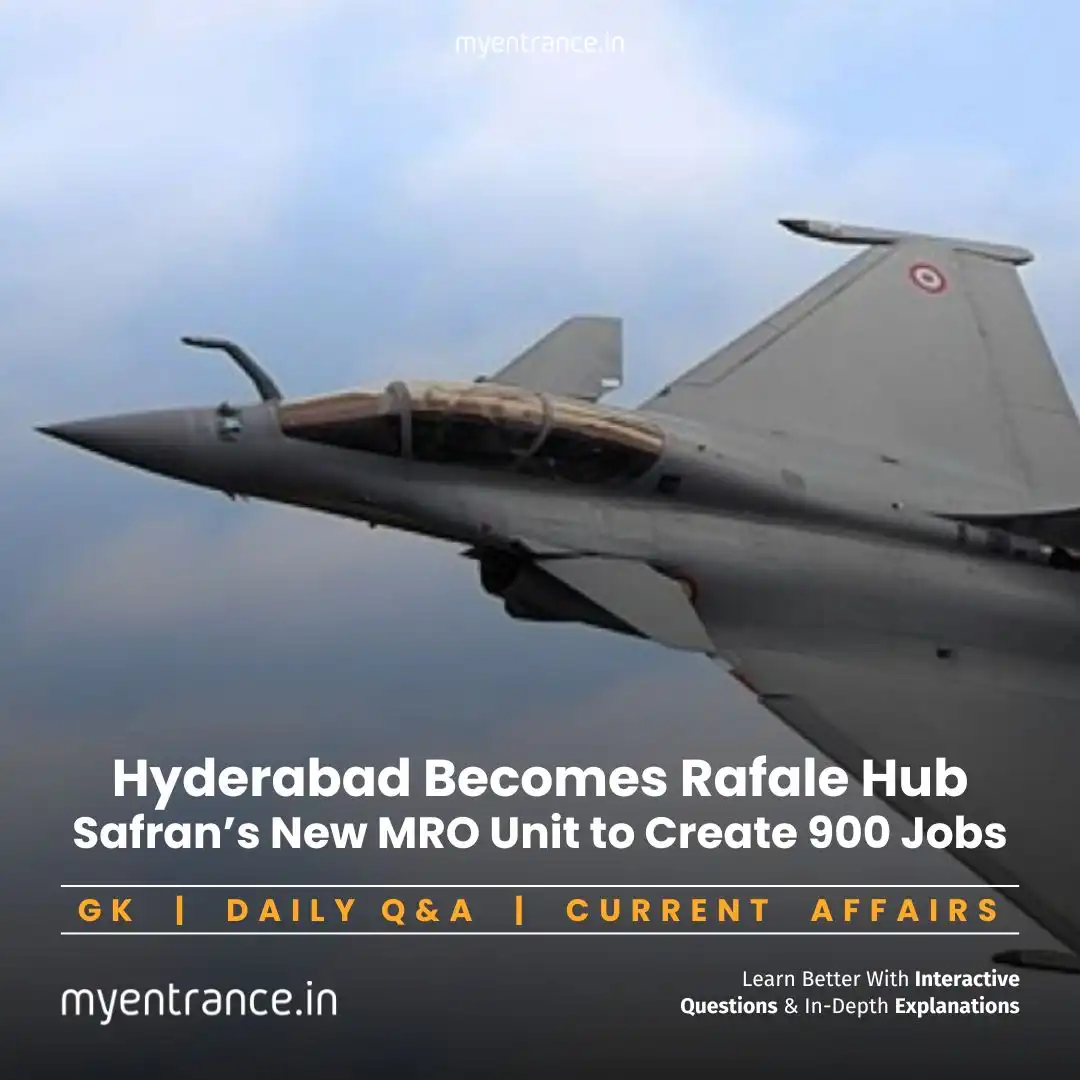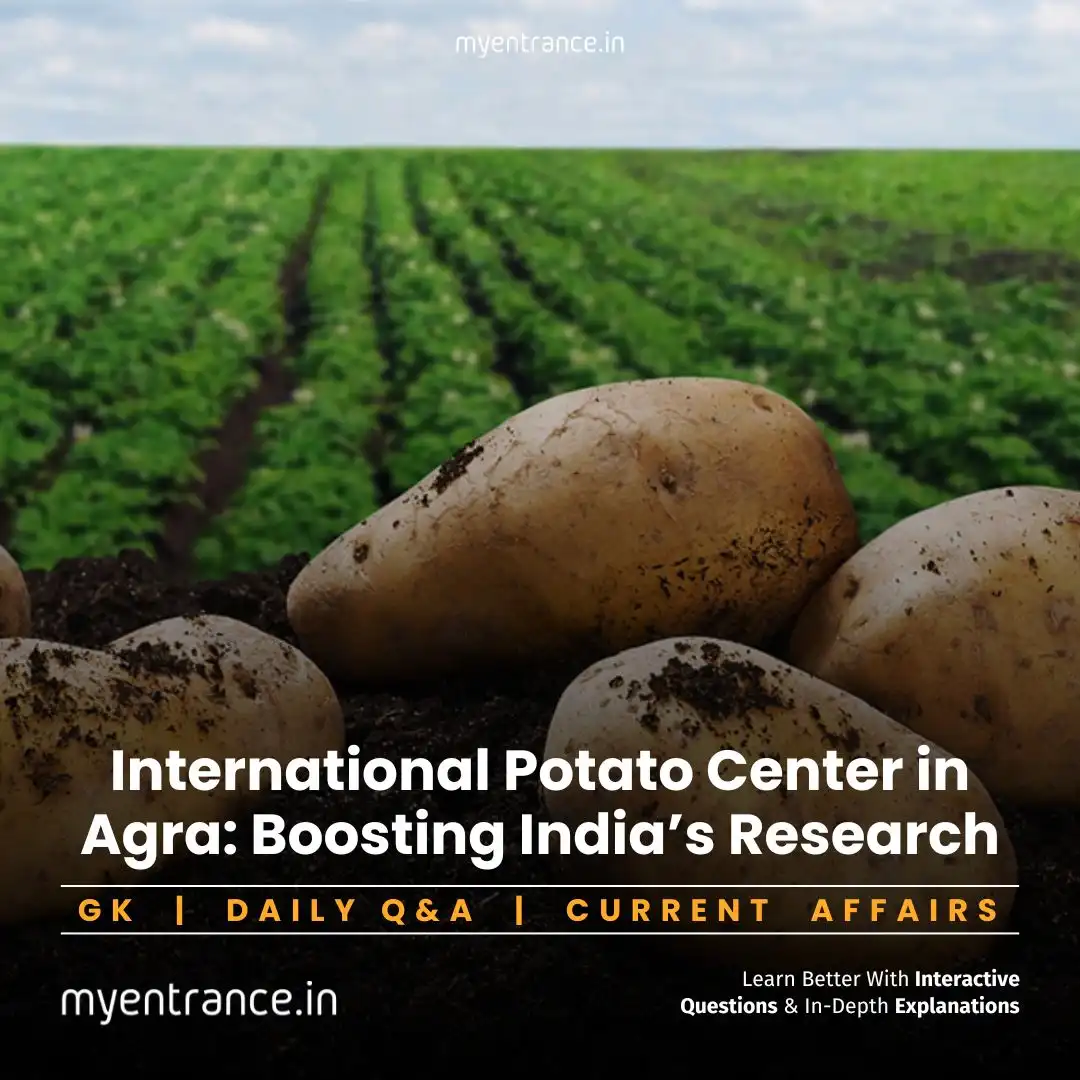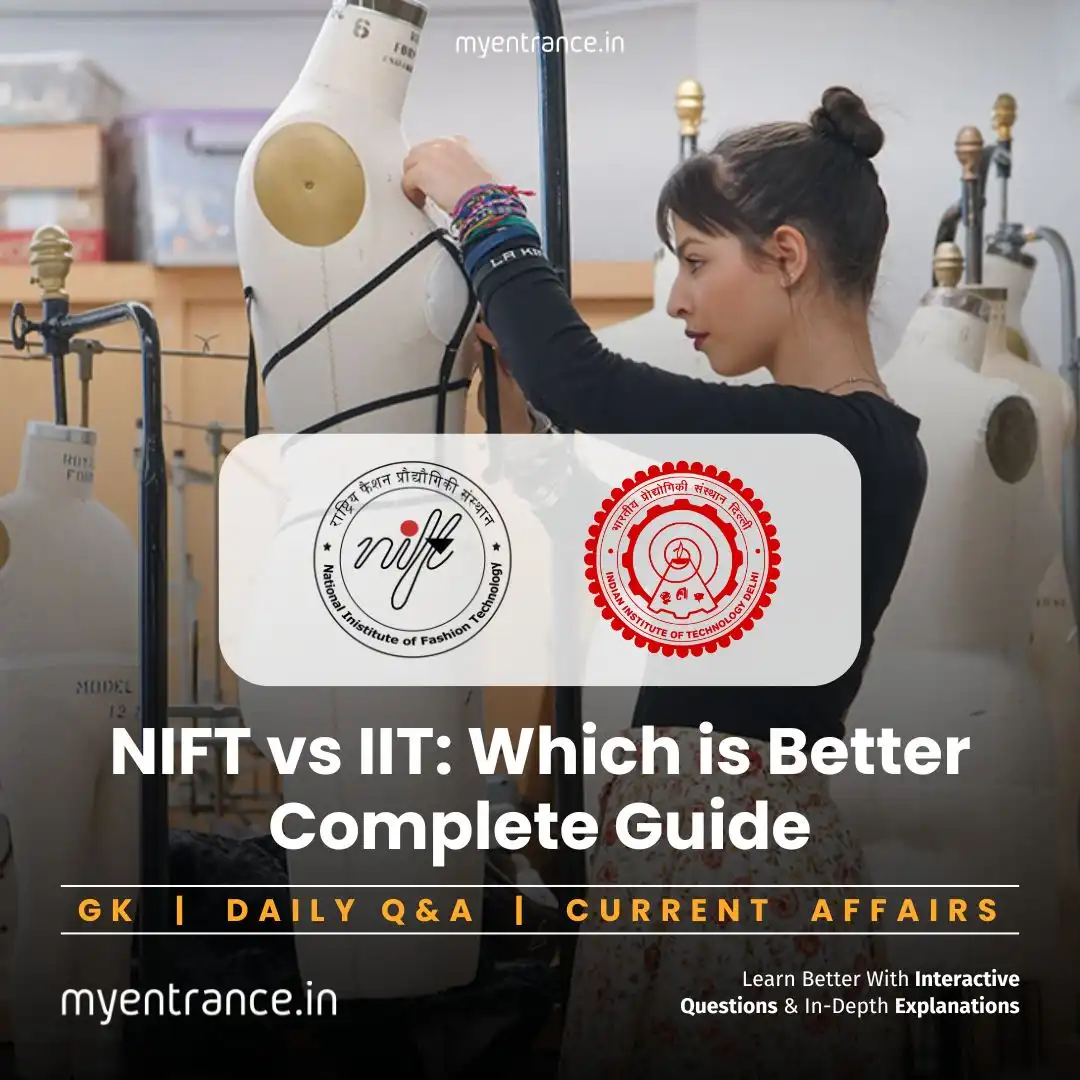Select Language
Inside the ISS: India’s Group Captain Shukla’s Home in Space – Exam & Current Affairs Insight
As Group Captain Shubhanshu Shukla prepares for his historic two-week mission aboard the International Space Station (ISS), let’s dive into what makes this orbiting laboratory one of humanity’s greatest achievements.
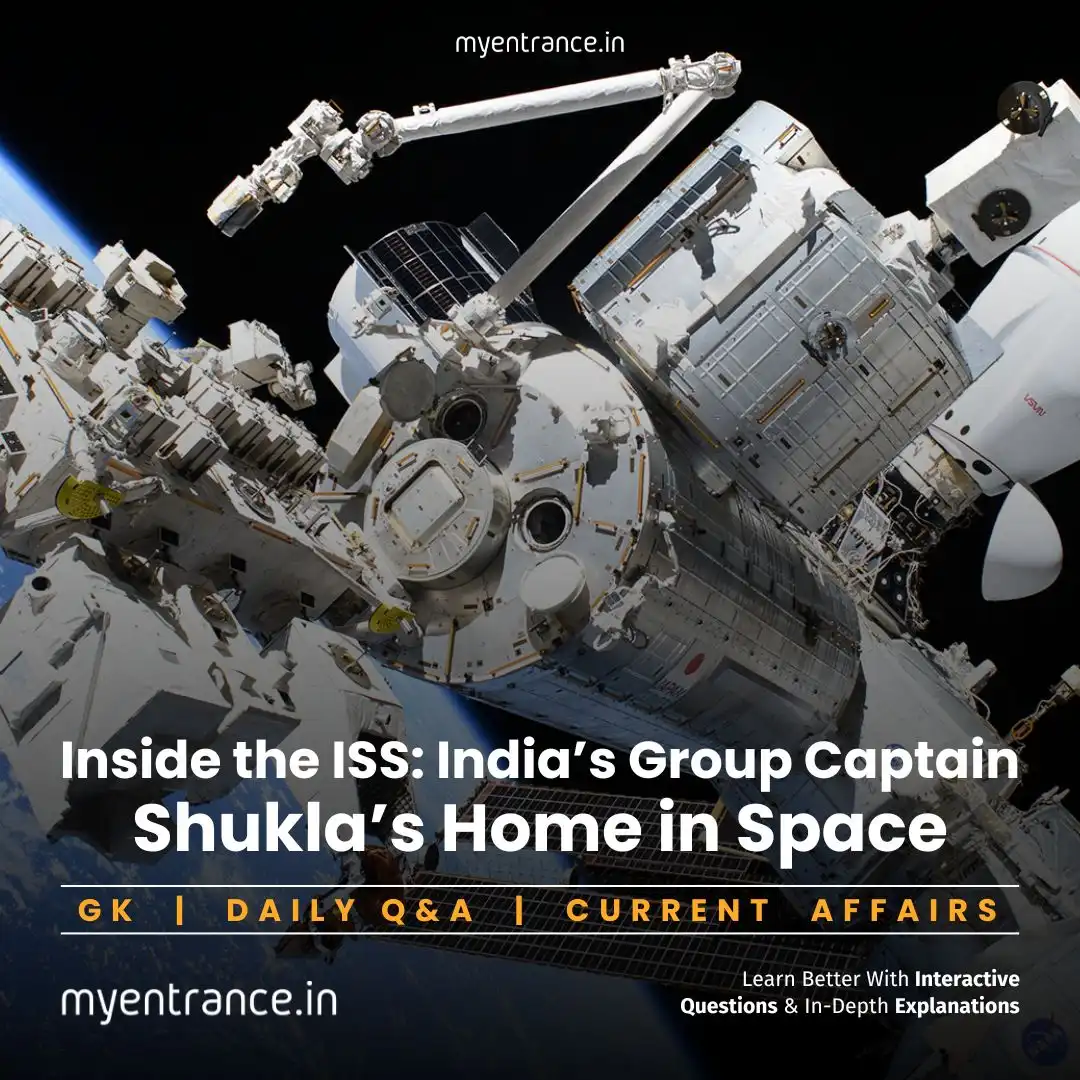
A Floating Marvel in Space
The ISS orbits Earth at 408 km, traveling at a staggering 28,000 km/h. This means astronauts witness 16 sunrises and sunsets every day! It’s a symbol of global cooperation, built by NASA (USA), Roscosmos (Russia), ESA (Europe), JAXA (Japan), and CSA (Canada).
Why is This Important for Exams?
The ISS is a hot topic in current affairs, especially with India’s growing role in space exploration.
Questions on space technology, international collaborations, and scientific research often appear in SSC, PSC, UPSC, and defense exams.
Knowing key facts about the ISS can help in GK sections and interview rounds for exams like NID, NIFT, and FDDI.
Key Features of the ISS:
Size: Bigger than a football field—73 meters long, 109 meters wide with solar panels extended.
Weight: A massive 420,000 kg, made up of 15 pressurized modules.
Power Supply: Eight solar arrays generate 120 kW of electricity, powering life support and research labs.
Living Conditions: Astronauts follow a strict schedule, including 2 hours of daily exercise to prevent muscle loss in zero gravity.
Why is the ISS a Research Powerhouse?
The ISS isn’t just a living space—it’s a cutting-edge lab where scientists study:
Microgravity effects on human health
Space agriculture (growing food in space)
Earth observation for climate studies
Advanced physics experiments impossible on Earth
How Do Astronauts Reach the ISS?
Currently, astronauts travel via:
SpaceX’s Crew Dragon
Russia’s Soyuz
Boeing’s Starliner (upcoming)
Cargo missions supply food, equipment, and experiments using spacecraft like Dragon, Cygnus, and HTV.
What’s Next for the ISS?
The ISS is expected to operate until 2030, after which private space stations like Axiom Station and Starlab will take over. A controlled deorbit will ensure its safe retirement.
For Group Captain Shukla, this mission marks India’s rising role in space exploration—a proud moment for competitive exam aspirants to note!
Sample Questions & Answers for Competitive Exams
Q: At what altitude does the ISS orbit Earth?
A: Approximately 408 kilometers.
Q: How many sunrises and sunsets do ISS astronauts see in a day?
A: 16 sunrises and sunsets due to its fast orbit.
Q: Which countries collaborated to build the ISS?
A: USA (NASA), Russia (Roscosmos), Europe (ESA), Japan (JAXA), and Canada (CSA).
Q: What is the primary power source of the ISS?
A: Eight solar arrays generating up to 120 kW of electricity.
Q: Why do astronauts exercise 2 hours daily on the ISS?
A: To counteract muscle and bone loss in zero gravity.
How to Prepare for Entrance Exams?
If you’re preparing for SSC, PSC, NID, NIFT, or other competitive exams, staying updated on current affairs and scientific advancements is crucial. At MyEntrance.in, we provide:
✔ Most predicted questions based on latest trends
✔ Mock tests tailored for easy preparation
✔ Expert-curated study materials for online preparation
Visit MyEntrance.in today and get the best site to learn for your dream career!
Most Predicted Questions
Comprehensive study materials, Expert-guided tips & tricks, Mock tests and instant results.
Start your SSC, NIFT, NID, FDDI, PSC journey today with MyEntrance, your ultimate online coaching platform.

